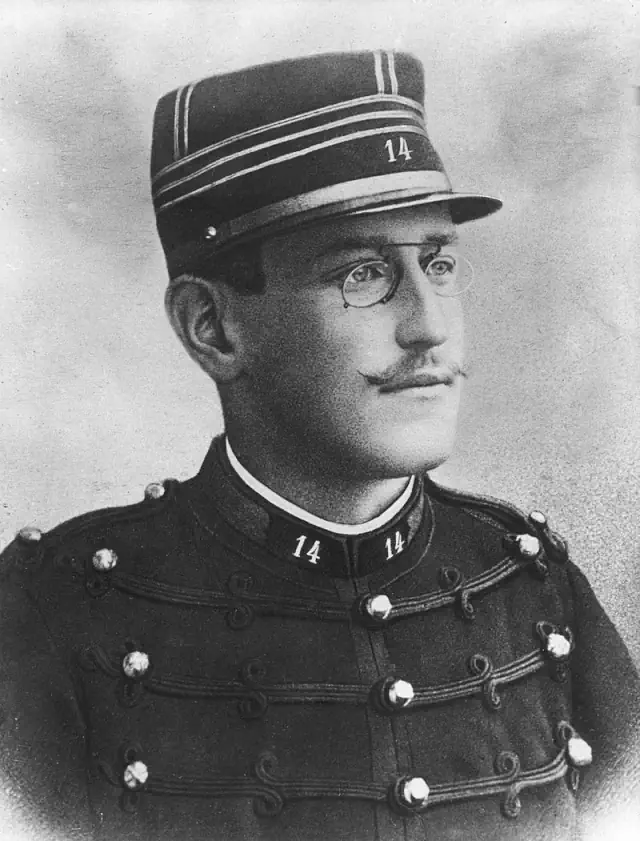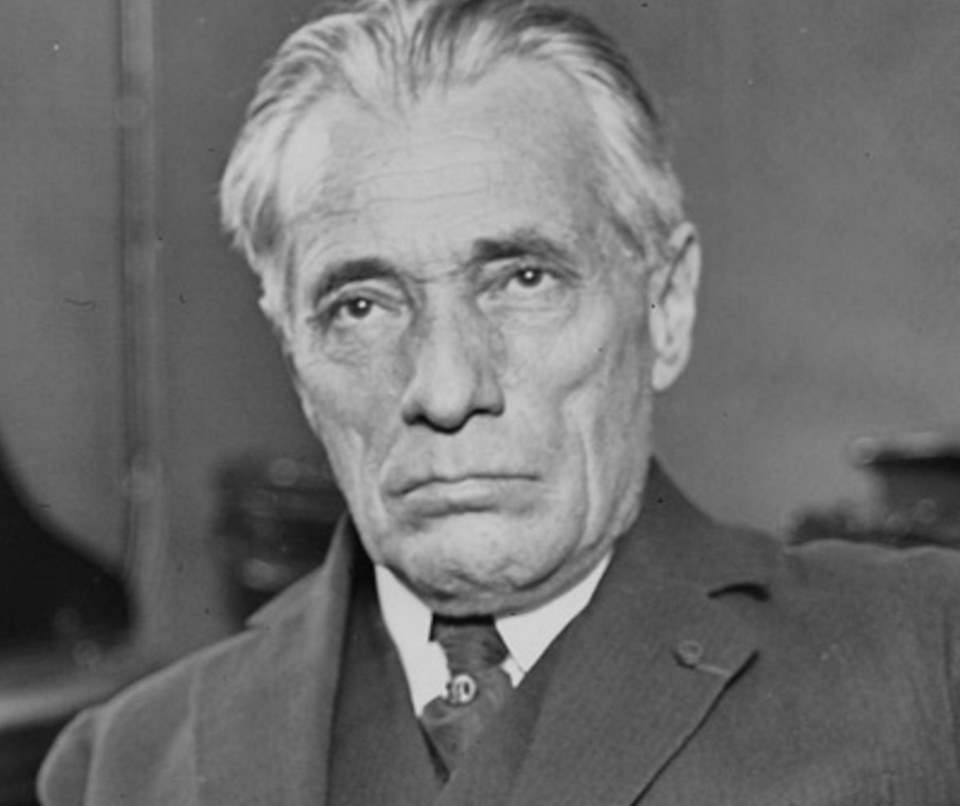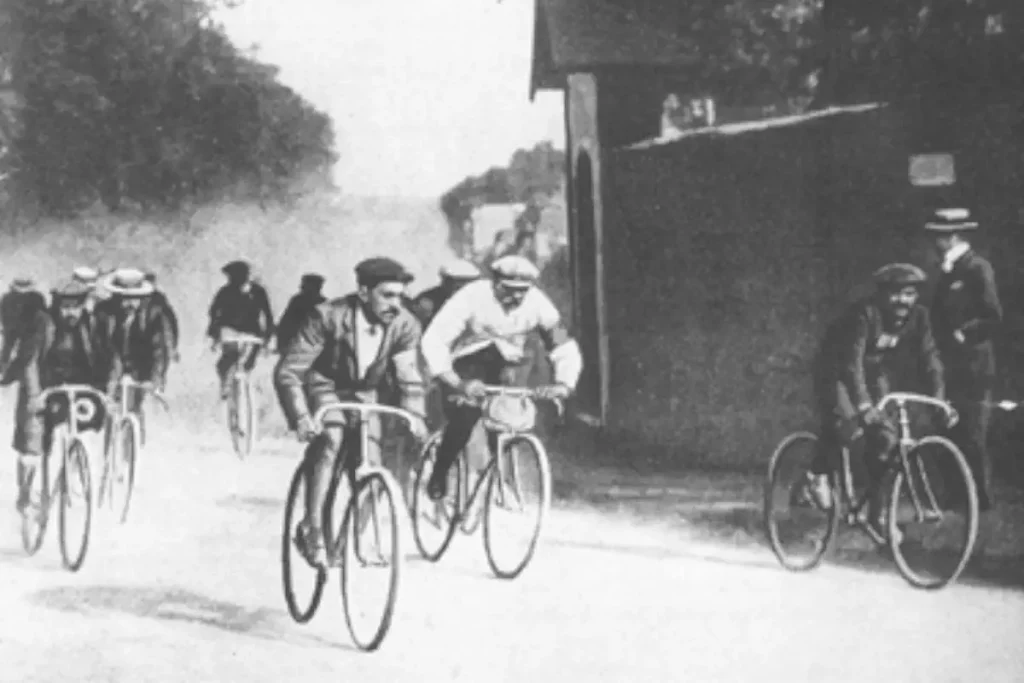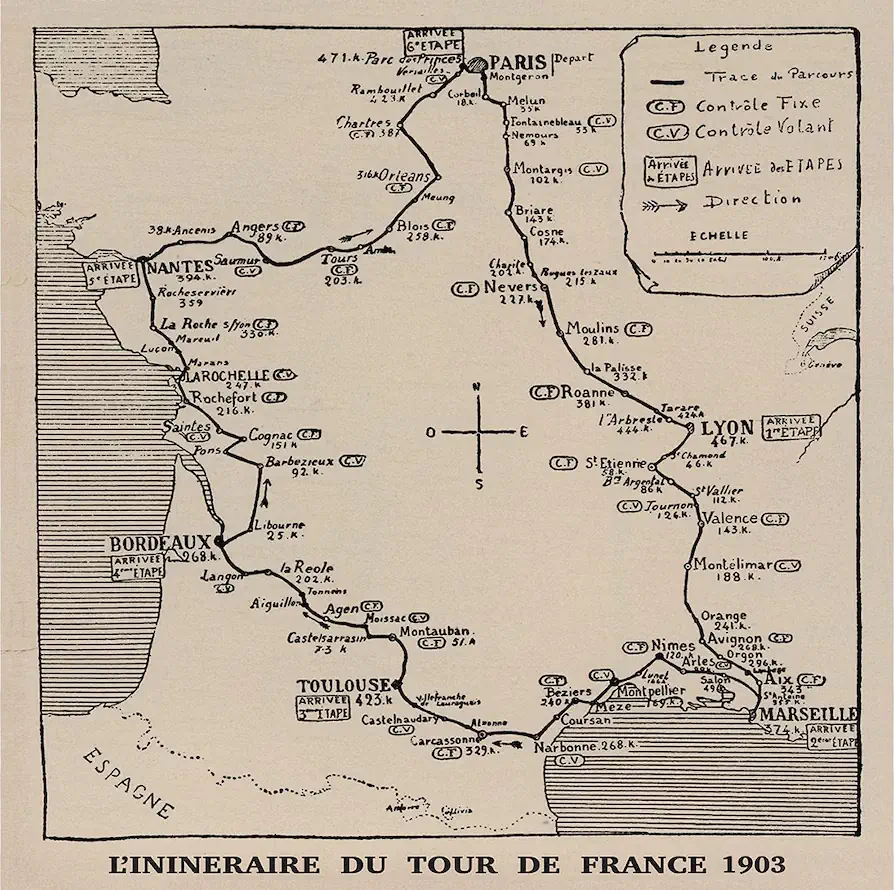The Tour de France didn’t begin as just a sporting event-it was born out of political division, media warfare, and the ambition of a newspaper editor who needed to save his struggling publication. At the heart of it all were bicycles, newspapers, and a scandal that shook all of France.
How the Tour de France Was Born: Politics, Rivalry, and a Race Around a Nation
A Nation Divided: The Dreyfus Affair
In the 1890s, France was consumed by one of the most explosive scandals in its history: the Dreyfus Affair.
- Alfred Dreyfus, a Jewish officer in the French Army, was wrongly convicted of treason in 1894.
- The real culprit was later discovered, but anti-Semitism and military cover-ups kept Dreyfus imprisoned.
- Public figures like Émile Zola took up his cause, famously writing “J’accuse”, accusing the French government of injustice.
This wasn’t just a courtroom drama-it split France into two camps:
- Dreyfusards: liberals, intellectuals, and anti-clericals who demanded justice.
- Anti-Dreyfusards: conservatives, military supporters, and nationalists.
It wasn’t long before this divide spilled into sports journalism.

Le Vélo: The First Cycling Powerhouse
Founded in 1892, Le Vélo was France’s top sports newspaper.
- It was the go-to publication for cycling fans, covering races and promoting the growing bicycle culture.
- Led by editor Pierre Giffard (see note 1), Le Vélo also published strong pro-Dreyfus content, angering many powerful conservative sponsors.
Among the offended were:
- Count Jules-Albert de Dion (automobile manufacturer). He was a co-founder of De Dion-Bouton, the world’s largest automobile manufacturer for a time, as well as the French sports newspaper L’Équipe.
- Édouard Michelin (tire magnate),
- and Adolphe Clément (bicycle industrialist).
These wealthy backers withdrew their support and plotted to create a rival paper-one that would avoid politics and focus solely on sports.
L’Auto: The Rival Paper with a Plan
In 1900, the anti-Dreyfus faction launched L’Auto-Vélo (quickly shortened to L’Auto after a lawsuit).
- It was explicitly designed to rival Le Vélo.
- Backed by industrialists and focused on sports, L’Auto aimed to steal readers away.
- Its editor was a former cycling champion and writer named Henri Desgrange.
Though L’Auto had solid writing and clean design, it struggled to compete. Circulation lagged behind Le Vélo. Desperate, Desgrange needed a bold idea-something to boost the paper and eclipse the competition.

The Big Idea: A Race Around France
In late 1902, a young journalist named Géo Lefèvre, during a brainstorming lunch with Desgrange, proposed something radical:
“Why don’t we organize a race around the entire country?”
It was ambitious. No one had tried a multi-day race covering the full span of France. Desgrange loved it.
- The race would be brutally hard-designed to test stamina and resilience.
- It would generate daily newspaper content.
- And it would be unlike anything else in the world of sport.
The First Tour de France (1903)
The inaugural Tour de France began on July 1, 1903.
- Started in Montgeron, just outside Paris.
- Included 6 grueling stages, totaling around 2,428 km.
- Riders cycled through the night and across unpaved roads.
- Only 21 of 60 starters finished.
The winner? Maurice Garin, a chimney sweep turned endurance legend.
The race was an instant success. L’Auto’s circulation skyrocketed. Public enthusiasm was overwhelming.
By contrast, Le Vélo collapsed just a year later.

Henri Desgrange’s Vision
Desgrange saw the Tour as more than a competition. He believed:
- Suffering revealed greatness.
- Riders should be self-reliant, fixing their own bikes.
- Endurance was a test of moral and physical purity.
His vision made the Tour not just a sporting event, but a national epic-a blend of heroism, hardship, and spectacle.

How It All Connects
Let’s tie it together:
- Dreyfus Affair: Caused a national rift, prompting industrialists to split from Le Vélo.
- Le Vélo: Dominant sports newspaper, but too political for some sponsors.
- L’Auto: Created as an apolitical rival; needed a stunt to beat Le Vélo.
- Henri Desgrange: Editor of L’Auto; launched the Tour to save his paper.
- Tour de France: Born from media rivalry and politics-now the world’s greatest race.
Legacy of the Tour
The Tour de France is now a symbol of national identity, endurance, and spectacle. It brings together:
- Cutting-edge sports science
- Heroic solo efforts and team strategies
- Epic climbs in the Alps and Pyrenees
- A crowd of millions along the roadside
But at its heart lies a story of journalistic rivalry, political tension, and one big idea that changed sports forever.
Notes
- Pierre Giffard (1853-1922) was a pioneering French journalist and sports promoter. As editor of Le Petit Journal and later Le Vélo, he organized landmark events like the Paris-Brest-Paris cycling race (1891) and the world’s first car race (Paris-Rouen, 1894). A vocal Dreyfus supporter, his clash with anti-Dreyfus industrialist Comte de Dion led to the founding of rival newspaper L’Auto, which would later launch the Tour de France.
Sources
- Tour de France on Wikipedia
- The history of the Tour de France on the Domestique website
- Pierre Giffard on Wikipedia
- 1903 Tour de France on Wikipedia
- Dreyfus affair on Wikipedia
- “Tour de France History: A Brief Introduction” on the Bike Tips website
- UCI Elite Men Road Race World Champions: The Complete List [1927-2025] - September 28, 2025
- What Is Zone 2 In Cycling? - September 12, 2025
- The Turkish Flag at the Tour de France: Who’s Waving It at the Finish Line? - July 30, 2025

